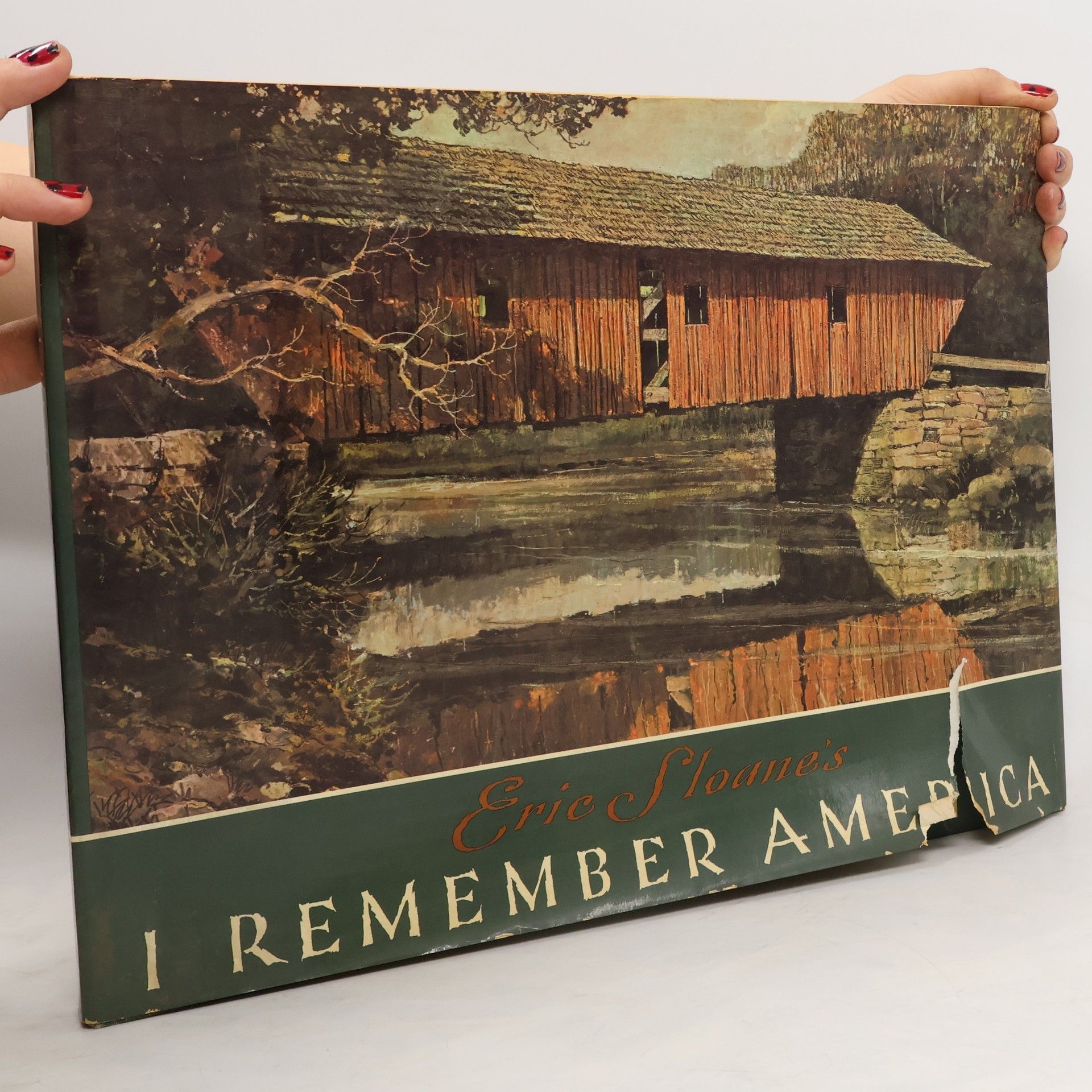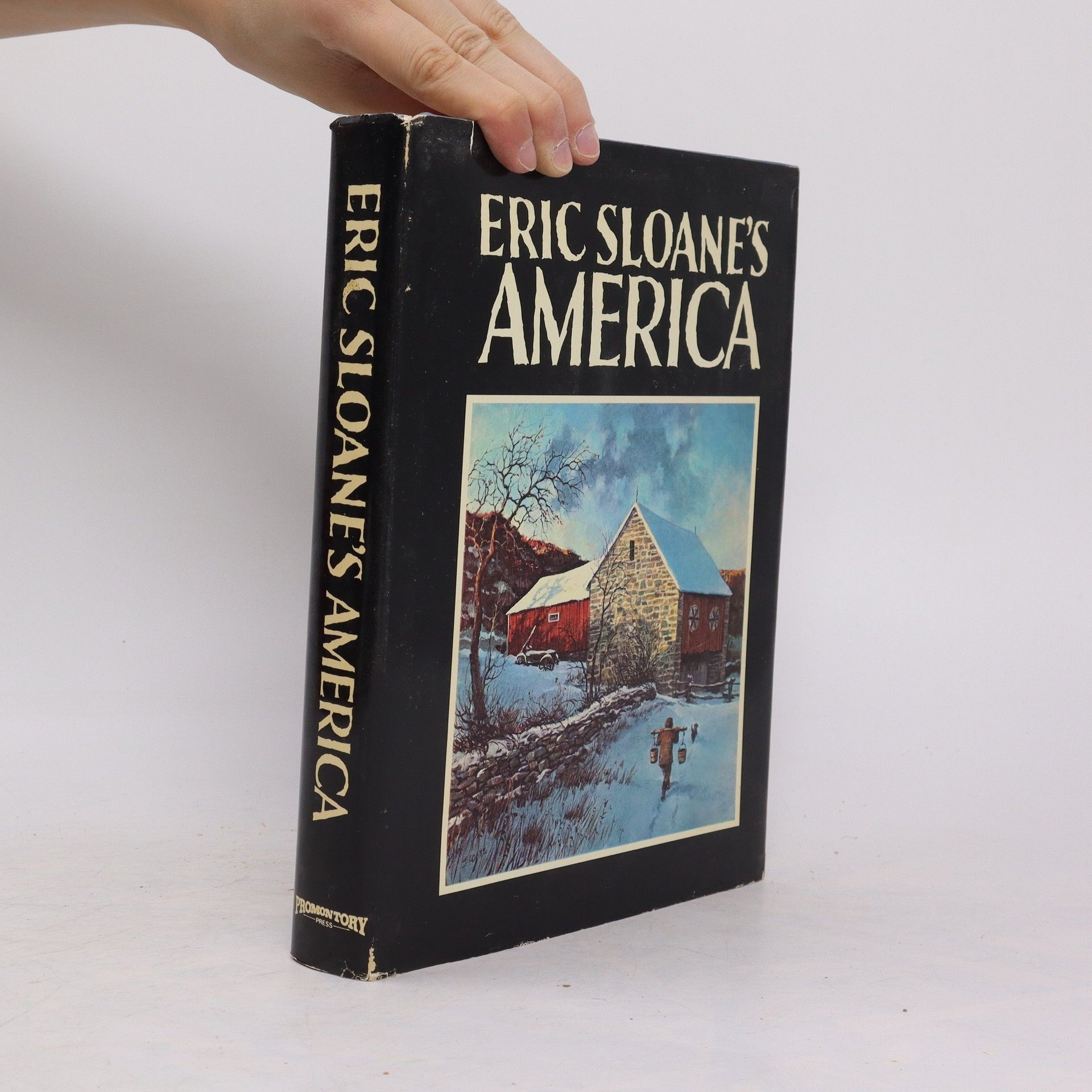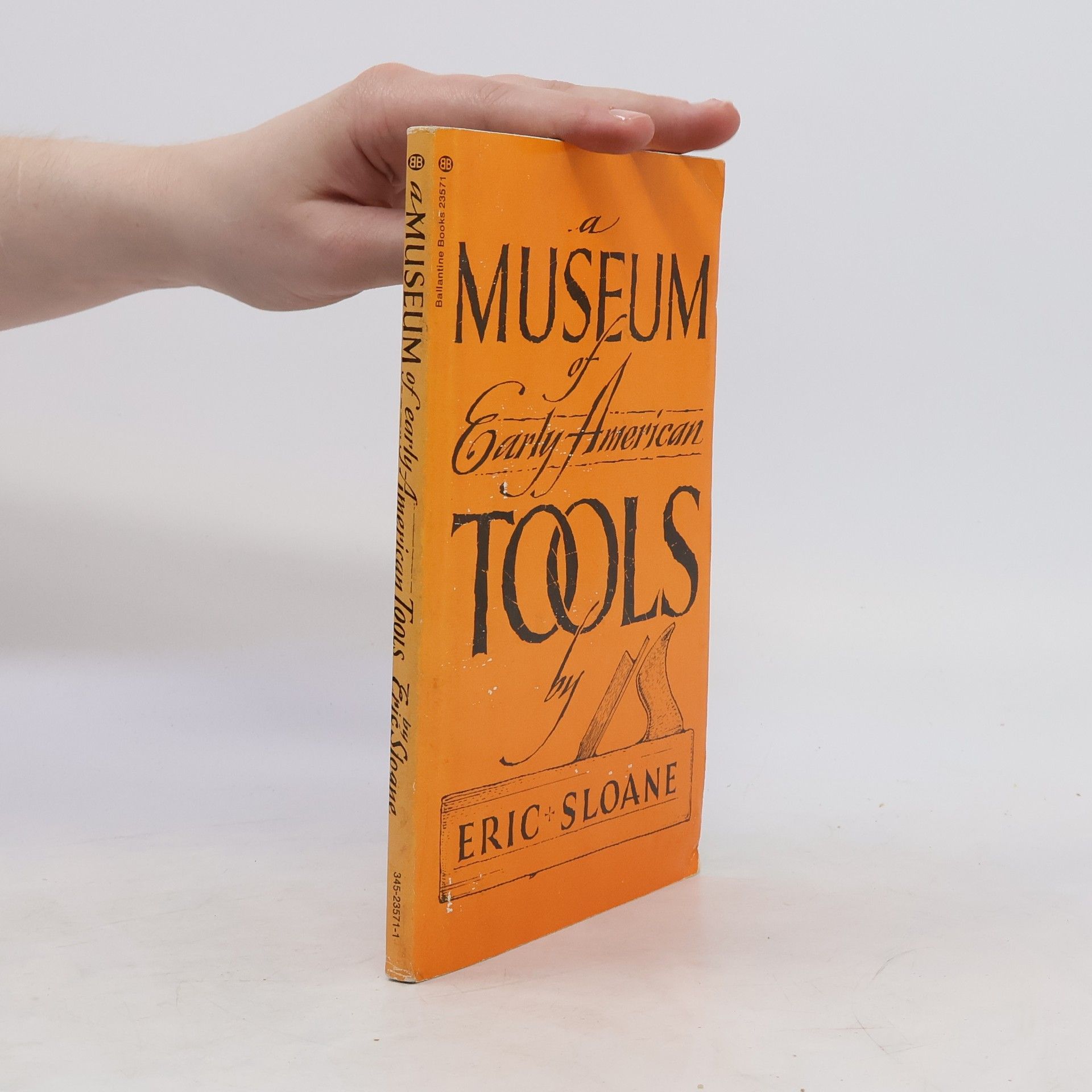A compilation of earlier works including: Barns and covered bridges, Vanishing landscape, America yesterday.
Eric Sloane Book order
Eric Sloane was an American landscape painter and author, drawing inspiration from the Hudson River School tradition. He became known for his rustic landscapes and his fascination with the sky and weather, which led to numerous illustrated works on meteorology. His unique style featured hand calligraphy and a deep interest in New England folklore and colonial life. He also dedicated himself to collecting historical tools and capturing the wisdom and customs of the past in his books.



- 1982